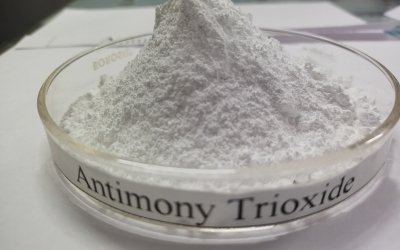Antimony Tri Oxide
Key Flame Retardant and Industrial Synergist Across Multiple Industries
Flame retardant synergists in plastics, rubber, textiles, adhesives, fiberglass, and paper. Used by glass manufacturers. Porcelain is used as a powerful reducing agent and flame retardant for a wide range of plastics, rubbers, paper, and textiles. It also serves as a catalyst in PET production, an activator in the glass industry, a flocculant in titanium dioxide production, and is used in the paints and adhesives industries, as well as in ceramic frits.
Antimony trioxide is an inorganic compound with the formula Sb2O3. It is the most important commercial compound of antimony. It is found in nature as the minerals valentinite and senarmontite. Like most polymeric oxides, Sb2O3 dissolves in aqueous solutions with hydrolysis.

| PRODUCT NAME | ANTIMONY TRIOXIDE | CAS No | 1309-64-4 | |
|---|---|---|---|---|
| Sr. No | Test | Specifications | ||
| 1. | Appearance | White free flowing Powder free from visible contamination | ||
| 2. | Antimony as Sb₂O₃ | NLT 99.60% | ||
| 3. | Moisture | NMT 0.2% | ||
| 4. | Solubility in 2N HCl 1% | Completely Soluble | ||
| 5. | Lead | For Information | ||
| 6. | Iron | For Information | ||
| 7. | Arsenic | For Information | ||
| 8. | Chloride | For Information | ||
